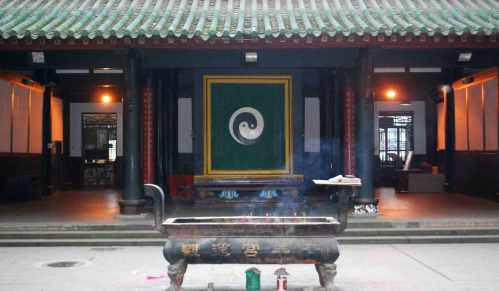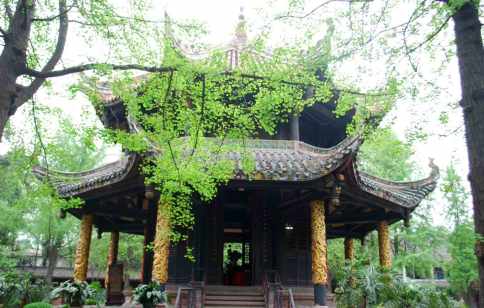My previous experiment with the culinary properties of the freshwater alga Lemanea took an Italian turn (see “Spaghetti alla Carbonara con Lemanea”) and this continues with my latest recipe, which combines Lemanea with a classic risotto to produce what is, in my opinion, the most flavoursome Lemanea-based dish I’ve yet encountered. This is your last chance to cook with Lemanea this year, as it flourishes in late winter and early spring so its season is drawing to a close. You need to collect a couple of good handfuls of Lemanea from a clean river, rinse it with cold running water in a sieve, and then spread it out on some kitchen paper to air-dry overnight. At the end of this period, pick it over to make sure that there is no grit still adhering to the filaments, then chop it into short lengths with a pair of kitchen scissors. As it dries, the gentle fishy aroma of the fresh filaments intensifies, inspiring the culinary imagination …
Air-dried Lemanea, ready for cooking …
I have already tried Lemanea with pasta so today’s experiment was with risotto: one of my favourite Italian dishes both to eat and to cook. I cooked a standard risotto bianco then, towards the end of the cooking period, added a handful of fresh prawns and a generous handful of chopped Lemanea (for two people). I stirred it around whilst the prawns cooked, and to make sure that the Lemanea was distributed throughout the dish. Once the stock had been absorbed, I removed the risotto from the heat and stirred in some butter and Parmesan cheese. I used this time to pan-fry two trout fillets to serve with the risotto.
Risotto with Lemanea and prawns, served with pan-fried trout and a bottle of Durham Brewery’s Smoking Blonde ale.
Once again, the gently fishy flavour of the alga balances the taste of freshwater fish really well although, in retrospect, smoked fillets would have been better. However, all my fishmonger had were some rather bland rainbow trout from a fish farm. The prawns add extra flavour and texture to the dish and led me to wonder if the dish might also work really well with freshwater crayfish.
Rather than open a bottle of white wine with the risotto, we followed up a lesson we learned the evening before at Blackfriar’s restaurant in Newcastle, where we had a meal where every course was complemented by a carefully-selected beer. The fish course was complemented superbly by Durham Brewery’s “Smoking Blonde”, a golden ale made with smoked wheat, which introduces to the beer the complex aromas I associate with Islay whisky. I gain a double pleasure from recommending a beer from Durham Brewery: it is situated within walking distance of my house and they started in business at about the same time as me. I first encountered them, in fact, on a course where we got a basic training in business methods together. “Smoking Blonde” celebrates their 21st anniversary in business, so I guess it must celebrate Bowburn Consultancy’s “coming of age” too.












